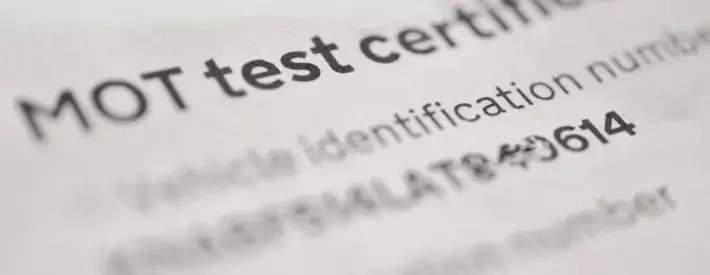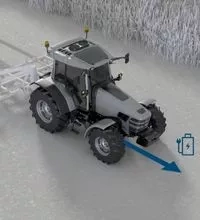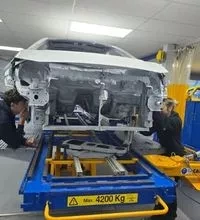Keep your business DVSA authorised

In this article: Stay on the right side of the DVSA and make sure your business is correctly authorised
A company I work for had a nasty surprise when I noticed that they had become a Limited company. I asked them if they’d informed the DVSA, and their reply was short, and telling; Why?
There are a range of business types that the average garage falls under: sole trader, partnerships, limited company and designated council among others. A quick look on your notice board’s VT9 Authorisation Certificate and online with your MOT account (MTS) will reveal what the DVSA authorise.
The DVSA needs to know
When DVSA authorises a garage to test, they authorise the entity – an entity is a thing’s existence. So if an MOT centre changes its business status, from sole trader to a limited company for example, it’ll need to seek another authorisation for it.
It’s a vitally important aspect of running a business. So even though to the business owner nothing has really changed – they still owns the business, have the same workshop, and only three little letters have changed on his letter head – to the DVSA sees a totally different company.
The DVSA grants authority to a specific entity, it satisfies itself that the entity is fit and suitable for testing, so the entity can’t simply pass on that authority to another entity.
What is unsettling is that most AE’s are well aware of their entity and the Employers Liability insurance certificate often reveals that they took care to have the correct business details on it, yet the VT9 and MTS are showing the previous business entity.
Problems…
- In a family business, the son or daughter may grow up and become partners. My understanding is that DVSA will view this as a fairly benign error, as long as no attempt has been made to cover any tracks or falsify any information.
- Moving from sole trader to a limited company. This takes effort on the part of the company directors, and they should have been aware of what they were doing.
- Buying an MOT garage and not realising the DVSA needs to be informed and new authorisation sought.
…and a simple solution
In all of the above problems there are simple steps that can be taken to remove any future issues related to DVSA authorisation, thankfully they’re all relatively simple:
Complete a VT01 form and submit it to the DVSA. Along with this you will also need:
- A lease in the right company name or proof of ownership.
- A letter from a solicitor confirming the lease is legally enforceable.
- In the case of a limited company, a letter confirming the “duly appointed person”.
- It’s also good practice to include a covering letter outlining what changes to the business are happening.
Take a little time and don’t put it off
It can take weeks or months to form a lease and I have known solicitors to take equally as long to provide a statement that it’s legally enforceable. So make sure you’re aware of the time frames involved.
If you have already made an unauthorised change to your entity, it can feel like you’re between a rock and a hard place, but failure to disclose changes could leave you vulnerable to disciplinary action including deauthorisation.
I’ve had some success getting a new lease and VT01 completed and then bringing it to the DVSA’s attention. In this case the DVSA provided a new authorisation for the new entity, switching off the old and starting the new within a few hours. However, this is solely at the DVSA’s discretion.
Making sure your business is correctly authorised will make your life simpler, and knowing how the system works will make it easier should you need to make changes in the future.




